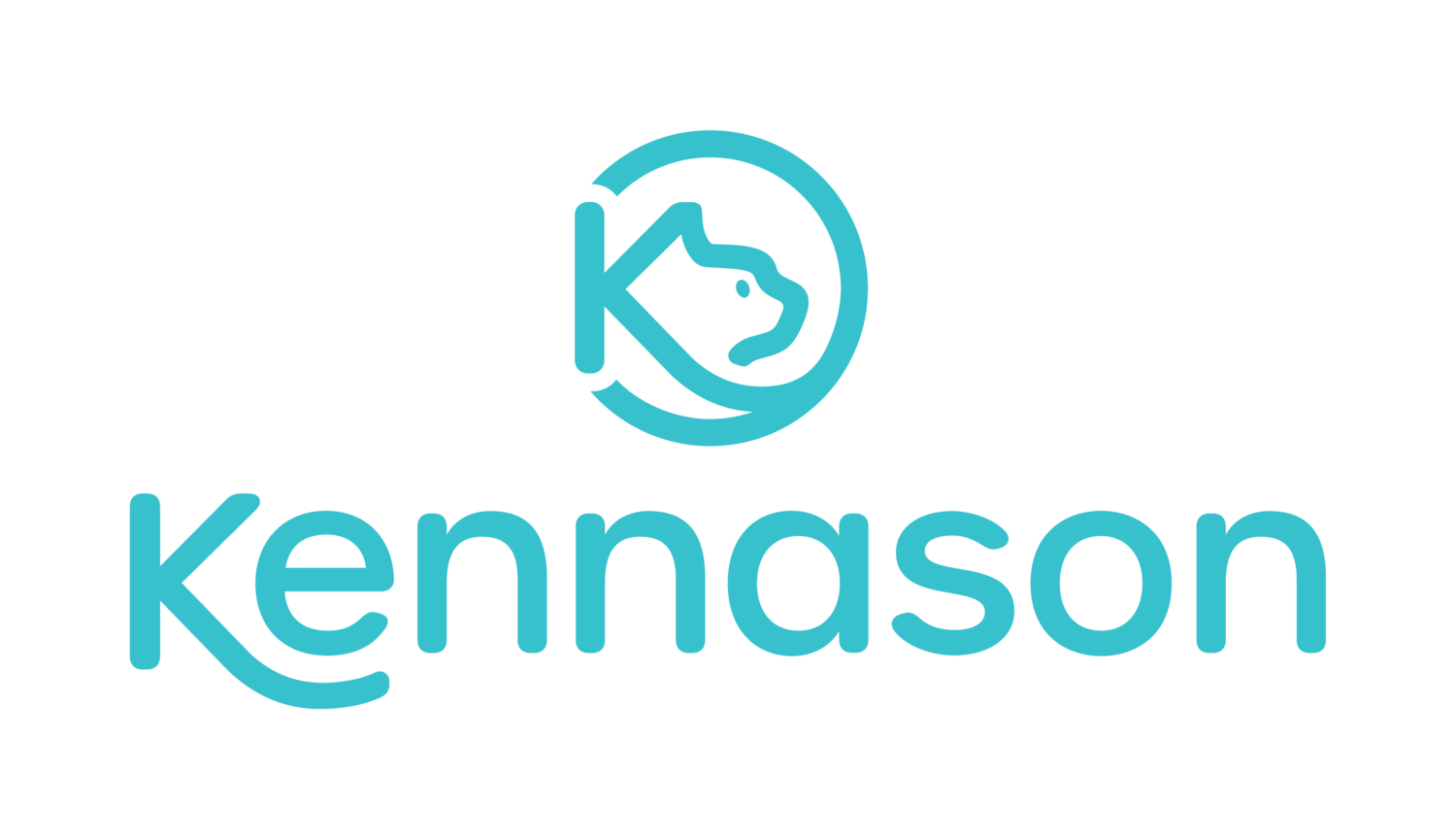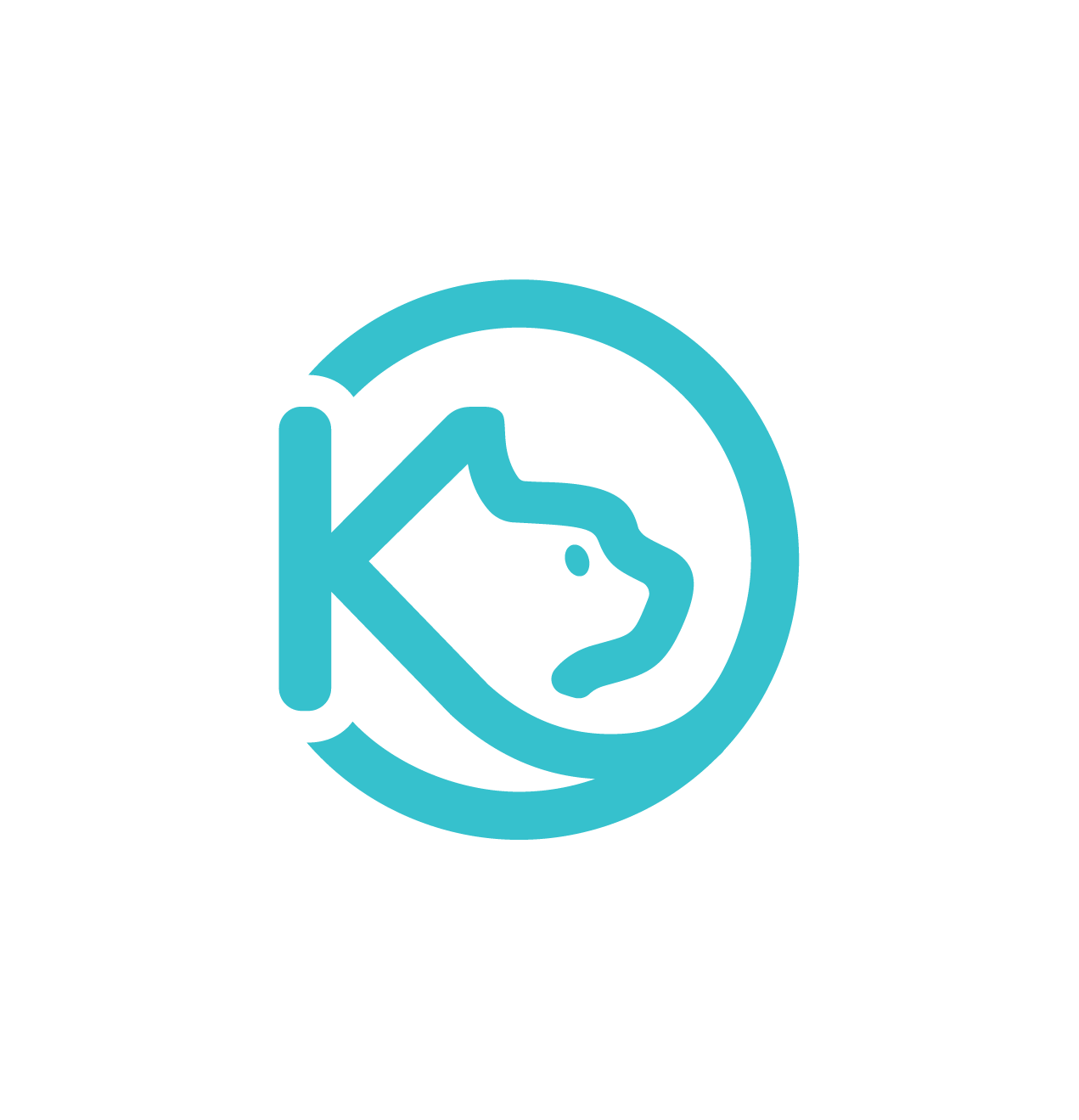Qual + quant = MAGIC
Photo by Edward Howell on UnsplashAt my first UX conference in summer 2013, the first thing I did was attend a happy hour in the hotel lobby, eager to start branching out and meet people in the field. I was a PhD student at the time, and the allure of turning my usability research skills into something more creative was beyond exciting.
I threw on a blazer and confidently walked to the bar. I ordered a glass of wine (a stretch for my grad student budget), said hello to someone, and introduced myself as a researcher.
“Qual or quant?” they asked.
Hm. Wait. I figured this was shorthand for qualitative and quantitative, but was baffled about why those would be considered separate. Doesn’t research mean using… all of it?
My face probably looked as dumbfounded as I felt.
“Oh… both.”
This person kindly took my business card and noted that their agency was often looking for freelance researchers. But the conversation probably didn’t go on much longer, since I didn’t have much to say about it.
These days, I have a lot more varied experience in UX and design research, and I understand the distinction in the skillsets and specialties. But I still feel like that dumbfounded 20-something sometimes when people talk about qual vs. quant as if researchers (or research projects) should do one and not the other.
I’ve always thought that each is a small piece of the puzzle. As they say, quantitative information tells you “what” and qualitative information tells you “why.”
Quantitative data give you numbers on the measurable stuff — like usage, analytics, completion rate for usability testing tasks, and survey ratings and rankings. These elements make it easier to draw comparisons, find key areas of need, or track changes over time. (I also love getting into the zone on a good spreadsheet!)
Qualitative data give you stories, experiences, and explanations. To me, this is the good stuff! This is how we focus on people. Spending time connecting with a person and understanding them leads to really deep insights. Do that a bunch of times with different people, and you find the patterns.
When you triangulate information collected in multiple ways, there’s also magic that happens. Different methods have different strengths, and combined together you can feel incredibly confident about what you’re finding.
What magic can you uncover by trying new and different research methods?


